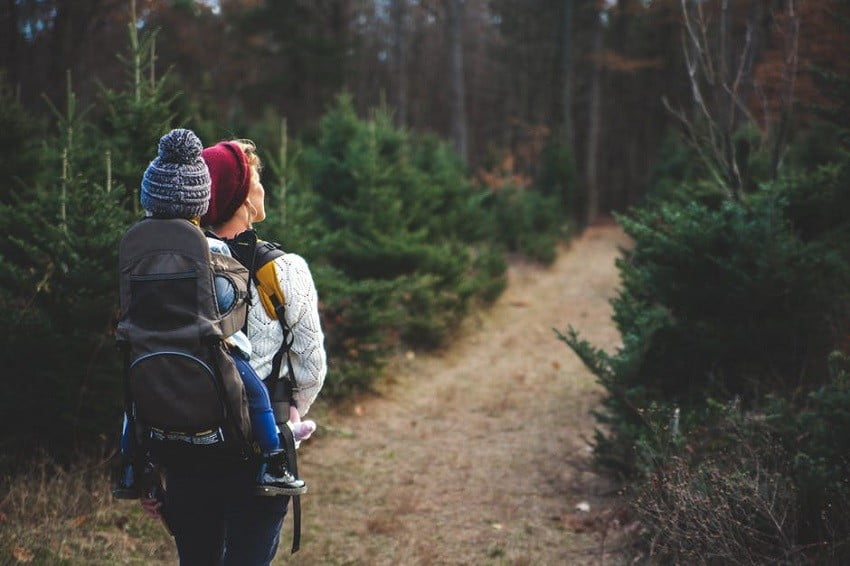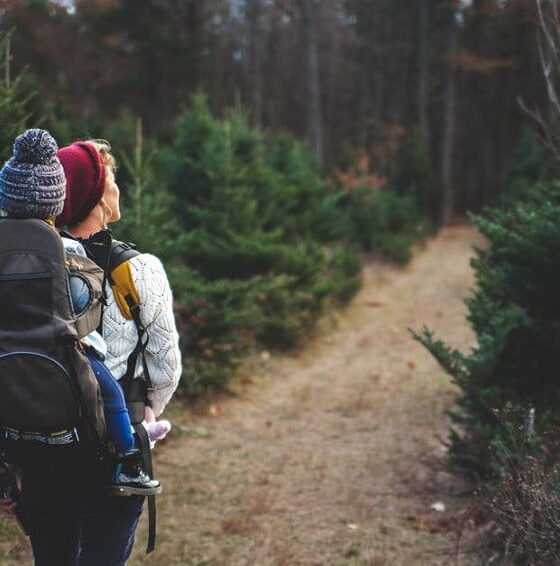As parents, one of our biggest responsibilities is to provide a safe and healthy environment for our children. It’s also one of our biggest challenges, especially since children usually learn from example they were given at home. Their personalities are influenced by us, so it’s important to surround them with positive examples of how to be responsible, nurturing people early on.
Teaching children how to preserve the environment and lead a sustainable lifestyle is the first step in showing them how to be conscientious and mindful, both in the way they treat nature, and the way they treat people around them. Here are some ways to show young kids how to be eco-friendly and create a safe space for them to grow up in.
Use natural cleaning solutions
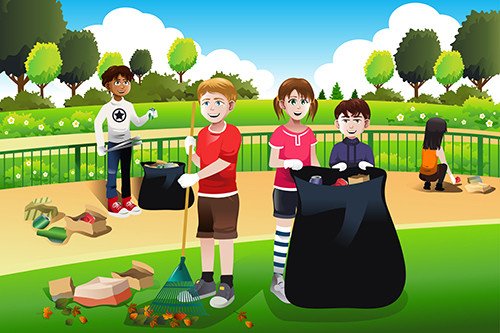
Shutterstock Licensed Photo – By Artisticco
Not only can regular cleaning products be quite expensive, a lot of them are far too toxic for our children’s sensitive immune systems. Luckily, the solution is both safe and affordable. All it requires are a few supplies: baking soda, white vinegar, and 3% hydrogen peroxide. You’d be surprised how much these can clean!
For example, you can mix equal parts vinegar and water and you’ll have a wonderful window cleaner on your hands, or you could sprinkle your countertop with baking soda, then soak your sponge in vinegar and scrub away all the dirt and grime with ease. You could tidy up pretty much the whole house with only these ingredients, so if you want to make your own custom cleaners you can look here for more info.
Teach them to tidy up
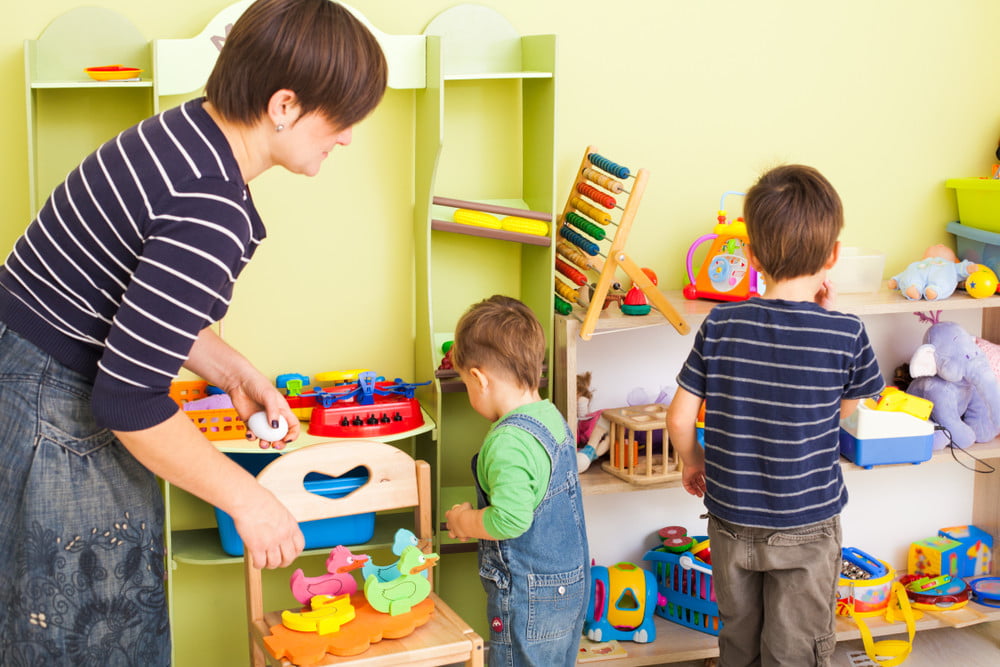
Shutterstock Licensed Photo – By Oksana Shufrych
Our minds function better in organized spaces, so clutter should always be reduced to a minimum. However, it won’t bode well for you if your child gets used to having you always clean up behind them while they go on their merry, carefree way. Teach them to always put away their toys once they’re done playing with them, have them help wash the dishes, and have them always fold and put away their clothes in the hamper once they get back from school. This will help keep the hygiene levels around them high.
Try gardening together
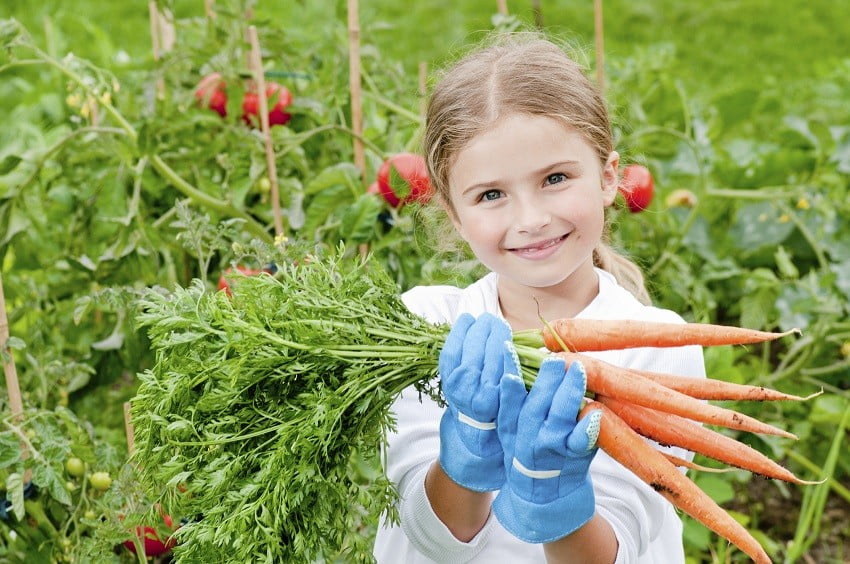
Royalty-Free Images
Telling your child that trees are important isn’t as impactful as them really having a first-hand experience with holding something living in their hands, caring for it, and watching it grow over the years. Why not get involved in plant-a-tree actions together or have them help you garden in your backyard? It’s the perfect opportunity to bond and to teach them about plants and nature.
Let them learn from their immediate surroundings
From clothes, to furniture, to toys, your child should be surrounded by safe, non-toxic materials that won’t impact their health. Bamboo clothing, for example, is made of breathable fabric that is hypoallergenic, regulates body temperature, and better for the environment than regular cotton. Similarly, you could also get them a cute jute rug for the bedroom because jute is an eco-friendly material that is often grown without fertilizer use. Besides, it’s very tactile and children usually love that. Another thing to bear in mind is their toys, specifically some well-known toxic materials such as phthalates, triclosan, flame retardants, and lead-laced paints and dyes. Invest in good toys, and most importantly, children’s books.
Recycle together
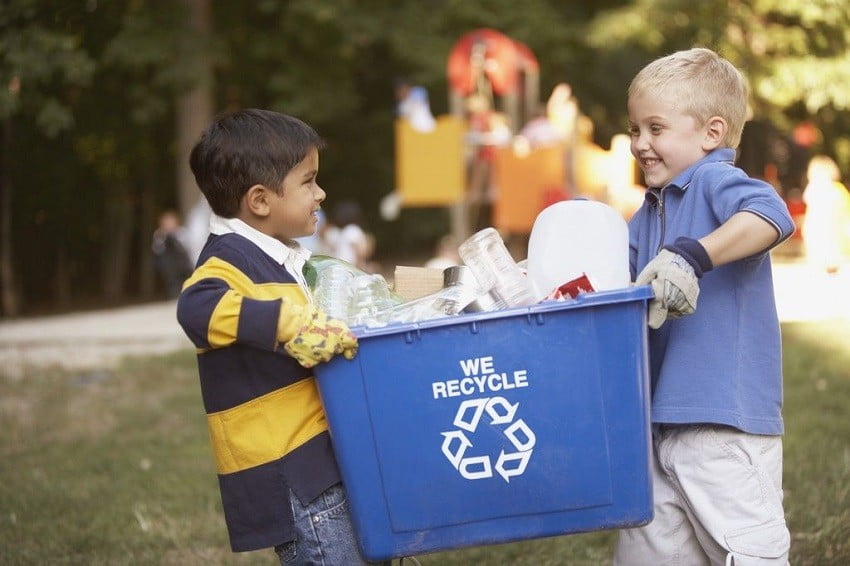
Royalty-Free Images
Another way to get rid of clutter and to teach your kid some good habits is recycling. Recycling is essential in teaching them not to be wasteful, and it’s easy enough for them to do without much help. Teach them how to rinse containers and to separate them by material – glass, plastic, cardboard, and cans, then teach them what goes in which bin. Neater surroundings, and a good lesson in reusable materials.
Small steps to energy conservation
The constant glare from all the tablets, computers, TVs, and phones could be messing up your child’s sleep cycle. Fortunately, creating a safe, quiet space can also be a lesson in energy conservation: teach them to turn off any device they are no longer using, to turn off the light when they leave the room they were in, and not to linger in front of an open refrigerator.
Open communication and education
The safest, most nurturing kind of environment doesn’t come from being surrounded by luxury. It comes from parents who are always there to offer emotional support and talk to their children openly. Ask them about how they feel, let them express themselves freely and always respect what they tell you. That way, if something is off you’ll be the first to know because they’ll always want to tell you. This way, you’ll be creating an unbreakable bond and giving your child the right tools, they need to grow up happy.
Remember, your greatest teaching method should always be to lead by example. They’ll soak up more knowledge from the way you act and how you present yourself rather than what you tell them, so find a way to partner up with your child and let your actions speak for themselves. Take these little steps to teach them about the importance of their environment and have fun together – if they learn through play the lessons are bound to stick.


 Environment9 months ago
Environment9 months agoAre Polymer Banknotes: an Eco-Friendly Trend or a Groundswell?

 Environment11 months ago
Environment11 months agoEco-Friendly Home Improvements: Top 7 Upgrades for 2025

 Energy12 months ago
Energy12 months agoA Closer Look at The Rapid Growth of Solar Energy in Ireland

 Features8 months ago
Features8 months agoEco-Friendly Cryptocurrencies: Sustainable Investment Choices
